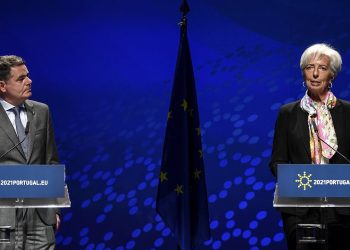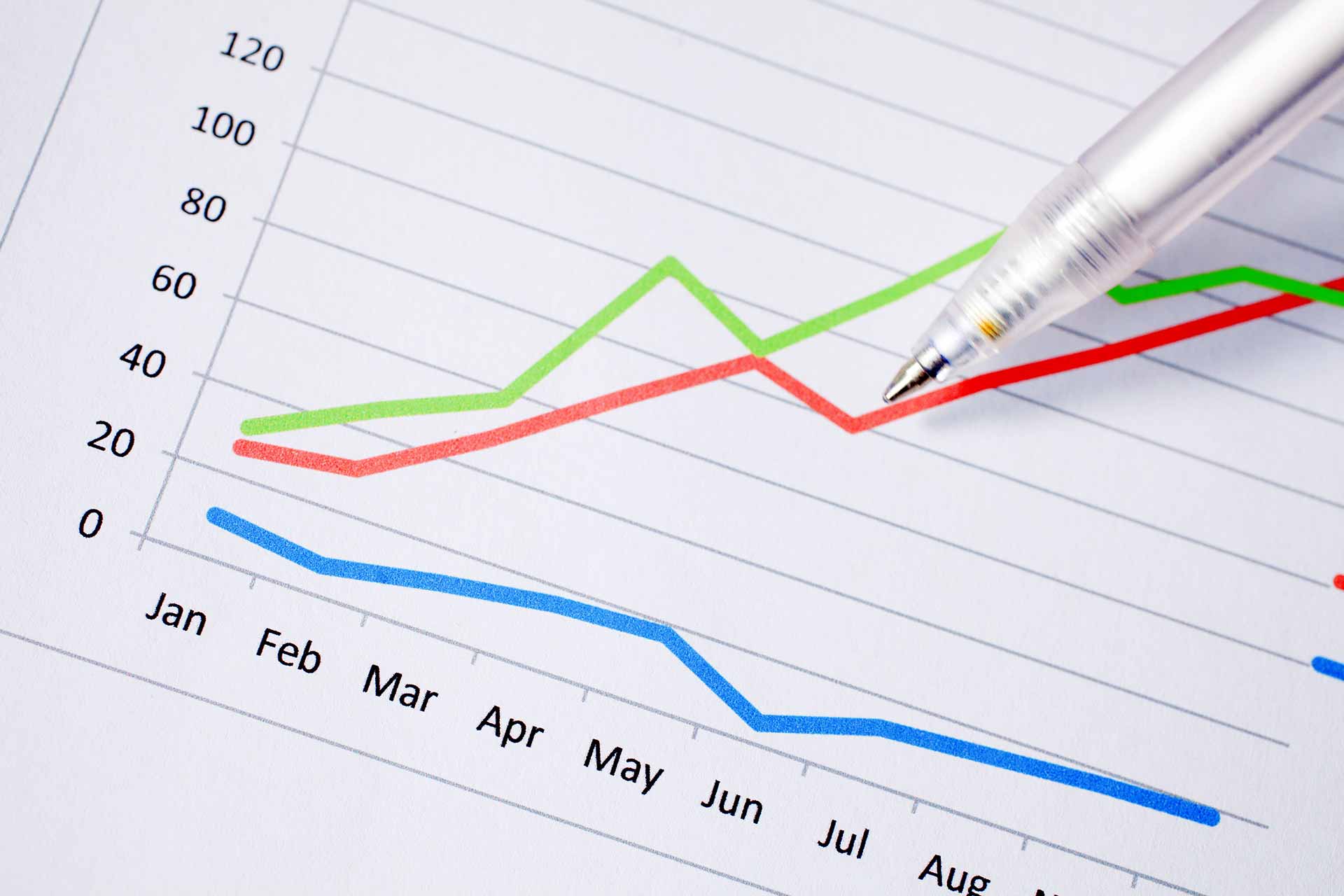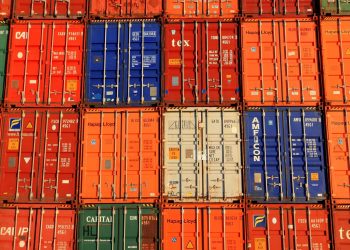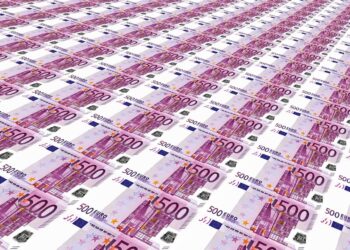The central bank for Europe’s single currency, the ECB oversees the member countries’ monetary affairs and monitors the financial stability of their banks.
Structure of the euro area economy
Compared with its individual member countries, the euro area is a large and much more closed economy. In terms of its share of global GDP, it is the world’s third-largest economy, after the United States and China.
As in other highly developed economies, the service sector has the largest share of total output, followed by the industrial sector, while the share of agriculture, fishing and forestry is relatively small. The euro area is also one of the world’s largest economies in terms of population, with almost 340 million people.
Monetary policy of ECB
The primary objective of the ECB’s monetary policy is to maintain price stability. The ECB aims at inflation rates of below, but close to, 2% over the medium term.
Transparency International at the EU Level says:
The pivotal role of the European Central Bank (ECB) in the current crisis has increased
the influence of its decisions and policies in ways that were only dimly foreseen at the
birth of the Euro. Following a request by Member States, the European Commission is
now proposing to transfer additional powers to the ECB to allow the supervision of all
Eurozone banks to come under its control.
To ensure its continued credibility, it is paramount that the ECB’s policies serve, and are
seen to serve, the European public interest.
What the ECB could mean for you?
EU Debates! You?
Your opinion counts!














